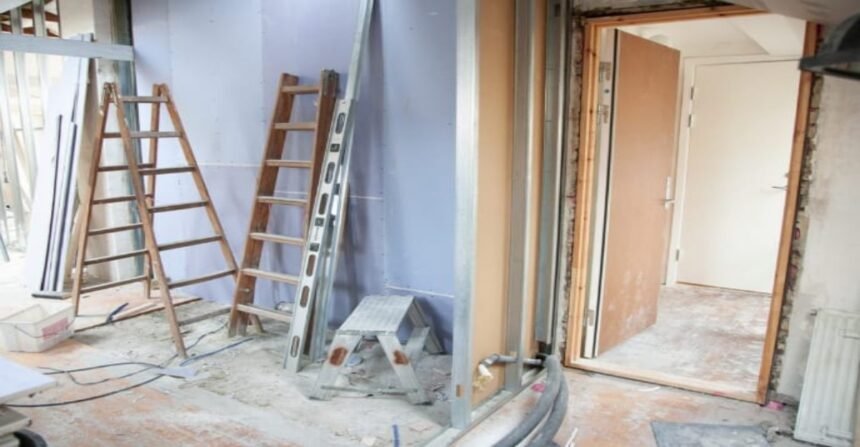For decades, underground fuel tanks were a common solution for storing heating oil, gasoline, or other fuels. Out of sight and out of mind, they provided convenience for both homeowners and businesses. But as these systems age, they often become a hidden liability. Removing them is far more complicated than most people realize, and the consequences of leaving them in place can be serious. Understanding the reality behind underground fuel tank removal helps property owners make smarter, safer decisions.
Why Underground Tanks Become a Problem
Many underground tanks were installed before today’s safety standards existed. Older tanks were often made of bare steel, which corrodes over time. Even tanks with protective coatings eventually weaken, especially after decades of use.
Once corrosion sets in, leaks are inevitable. These leaks release fuel into the soil and groundwater, creating contamination that can cost tens of thousands of dollars to clean up. Professional gas tank removal underground are the only safe way to eliminate these risks.
The Hidden Costs of Keeping Them
At first glance, removing a buried tank may seem expensive. But leaving it in the ground is often far more costly. A leaking tank can:
- Lower property values.
- Make it difficult to sell a home or business.
- Lead to environmental cleanup bills that exceed the cost of removal.
- Result in fines for failing to comply with environmental regulations.
In short, doing nothing almost always ends up being the most expensive option.
How the Removal Process Works
The process of removing an underground fuel tank involves several careful steps:
- Inspection and permitting – Contractors assess the tank and secure required permits.
- Pumping and cleaning – Any remaining fuel or sludge is removed to prevent spills.
- Excavation – The ground is carefully dug up to expose the tank.
- Lifting and removal – Heavy equipment is used to extract the tank safely.
- Soil testing – Samples are analyzed for signs of leaks or contamination.
- Disposal – The tank is transported to a licensed facility for recycling or disposal
Every stage must be handled by trained professionals to ensure safety and compliance.
Soil Testing: The Step Nobody Talks About
One of the most surprising aspects of removal is the soil testing requirement. Even if the tank shows no obvious leaks, surrounding soil must be tested to confirm that contamination hasn’t occurred.
If fuel has leaked, remediation is necessary. This may involve removing contaminated soil, treating the ground, or installing monitoring systems. While this step adds cost, it’s critical for ensuring the property is safe and compliant.
Why Professionals Are Non-Negotiable
Attempting to remove an underground tank without professional help is dangerous and illegal in many areas. These tanks contain hazardous materials, require heavy machinery, and involve confined space risks. Licensed contractors have the training, safety equipment, and disposal methods required to complete the job properly.
Working with professionals also ensures homeowners and businesses receive documentation proving the removal was completed to regulatory standards—something future buyers will often demand.
The Environmental Impact
Leaking underground tanks have long-lasting environmental effects. Fuel contamination can spread quickly through soil and water, impacting not only the property but also surrounding land. In some cases, contamination can affect entire neighborhoods or communities.
By removing tanks before leaks occur, property owners help protect their environment and avoid becoming liable for large-scale cleanup projects.
Financial Benefits of Early Action
While it may be tempting to delay removal, acting early has clear financial advantages. Proactive removal:
- Avoids emergency cleanup costs.
- Preserves property value.
- Provides reassurance for potential buyers.
- Prevents regulatory penalties
When seen as an investment in both property and peace of mind, early removal is the smarter financial decision.
Moving Forward
The truth about underground fuel tanks is simple: they are time bombs if left unattended. While the removal process may seem daunting, professional services make it manageable, efficient, and safe.
For homeowners and businesses alike, addressing underground tanks before they fail isn’t just a choice—it’s a necessity. Taking action now prevents hidden problems from turning into costly disasters later.
Also Read: dotmagazine.co.uk/









